Chapman's Battleworn models have arrived - and they look like no relic'd guitars you've ever seen before
The seven limited-edition models are offered in Lazer Fade, Fireburst and other wild, aged finishes
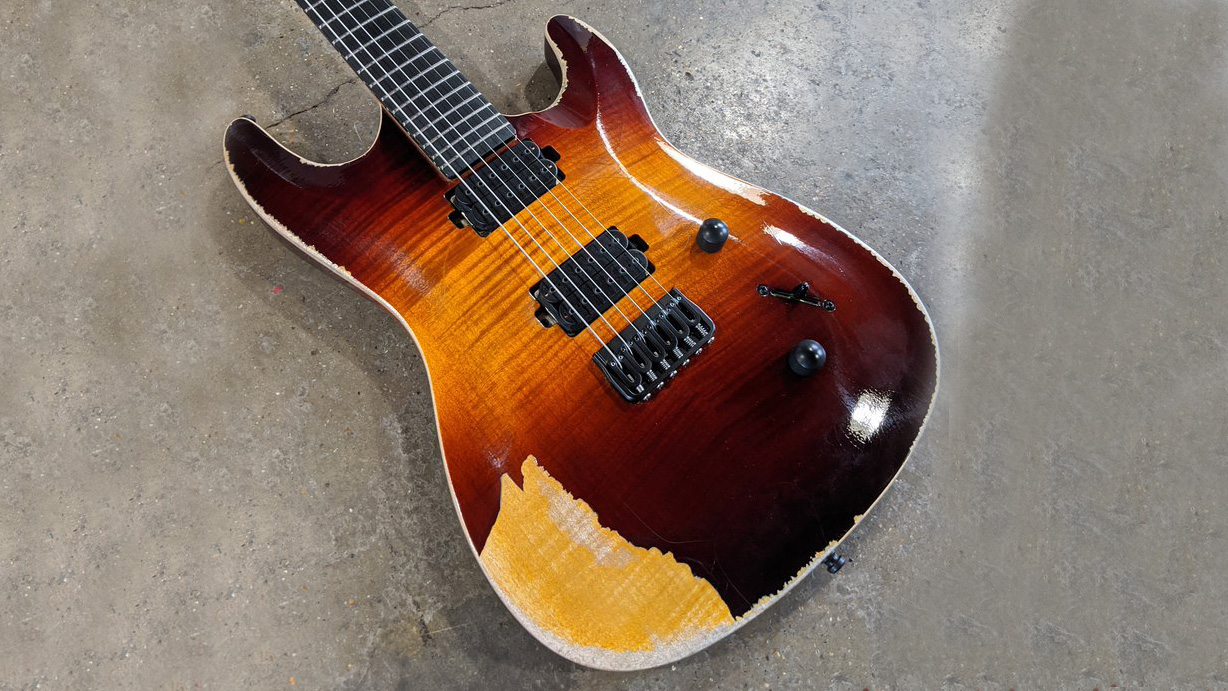
Back in February Chapman teased an announcement that the company would be introducing a very limited run of seven "Battleworn'' electric guitar models.
Now those guitars are here, and they’re impressively unique, to say the least. The new series encompasses ML1, ML2, ML3 and GF designs in a variety of relic’d nitrocellulose finishes.
Spec-wise, the guitars sport 3A solid maple tops (a swamp ash body on the Tele-like ML3), roasted maple necks, stainless steel frets, glow-in-the-dark side dots and Hipshot tuners and bridges.
All seven models also features hand-wound “Guitarmory” humbuckers.
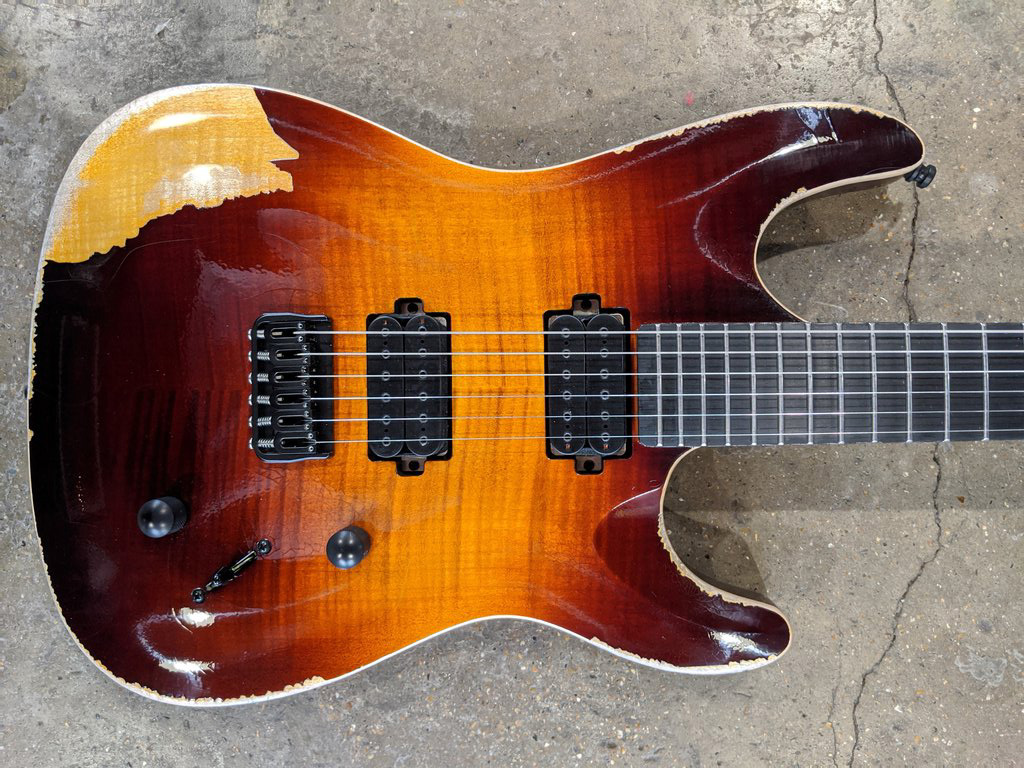
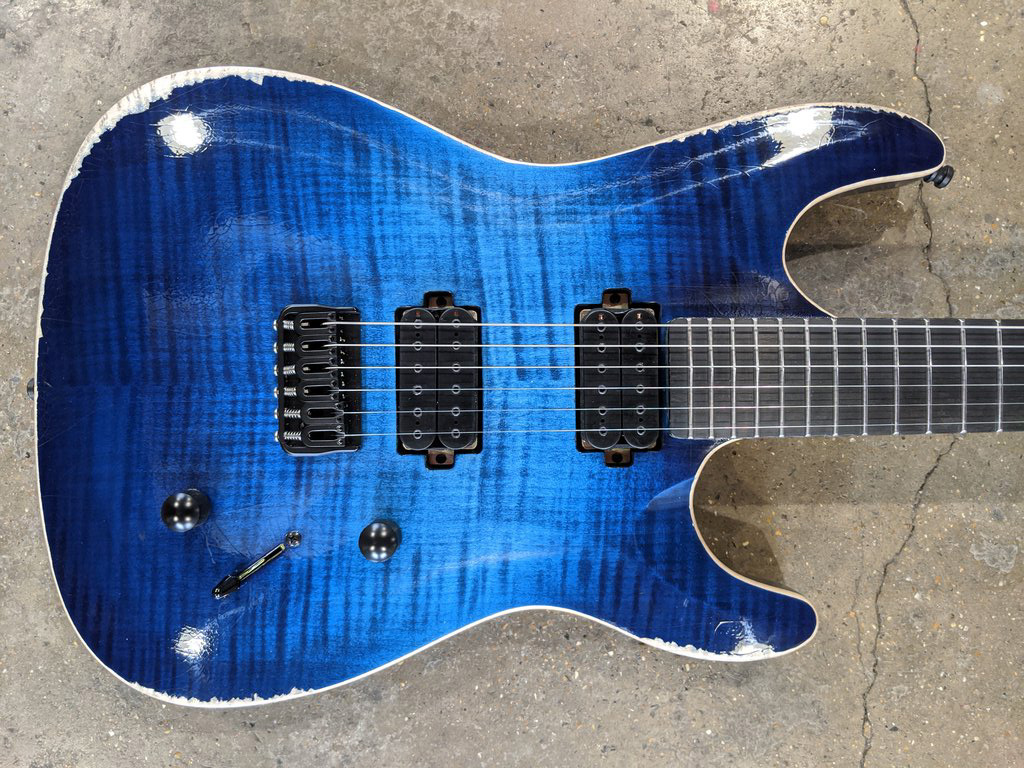
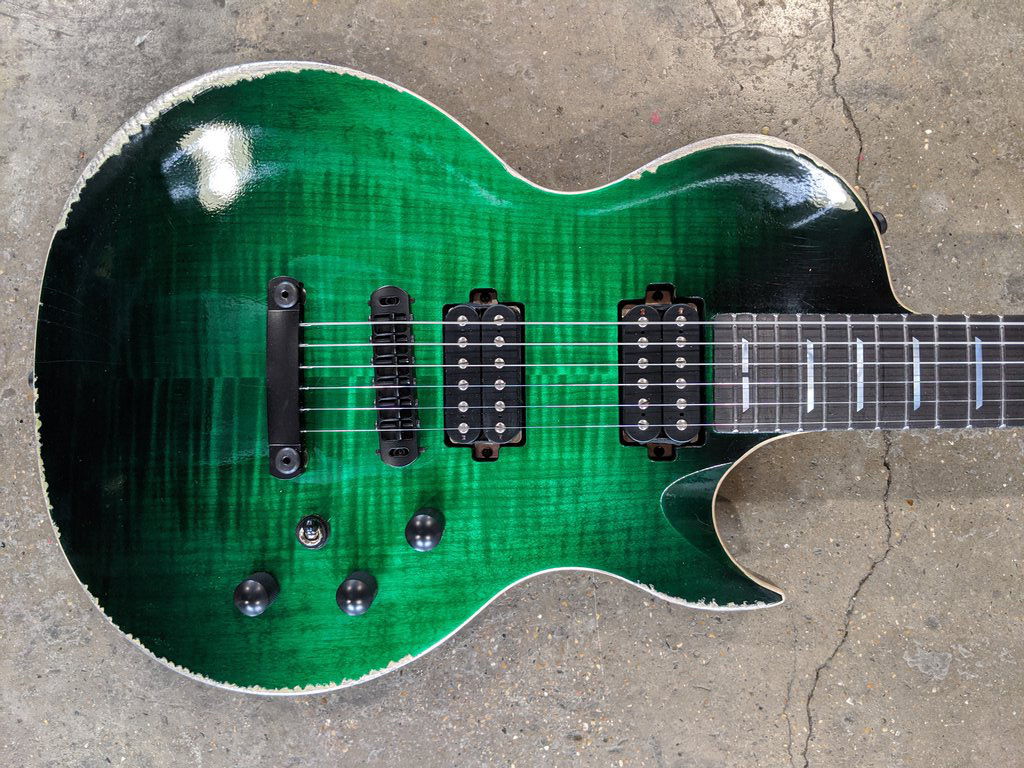
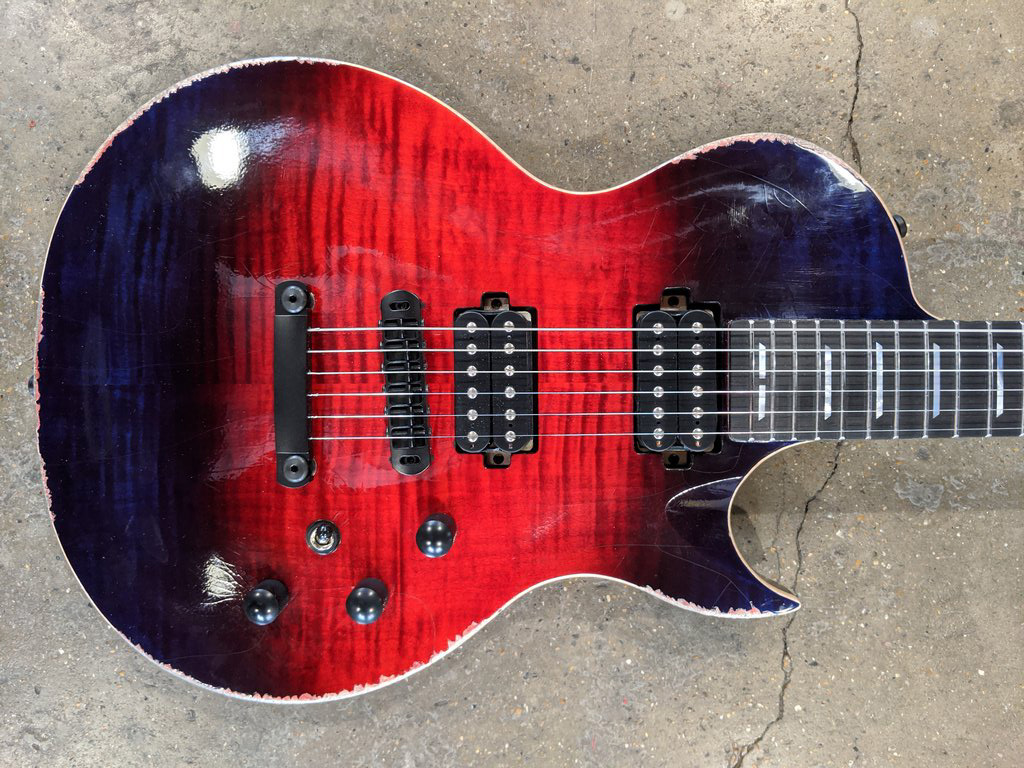
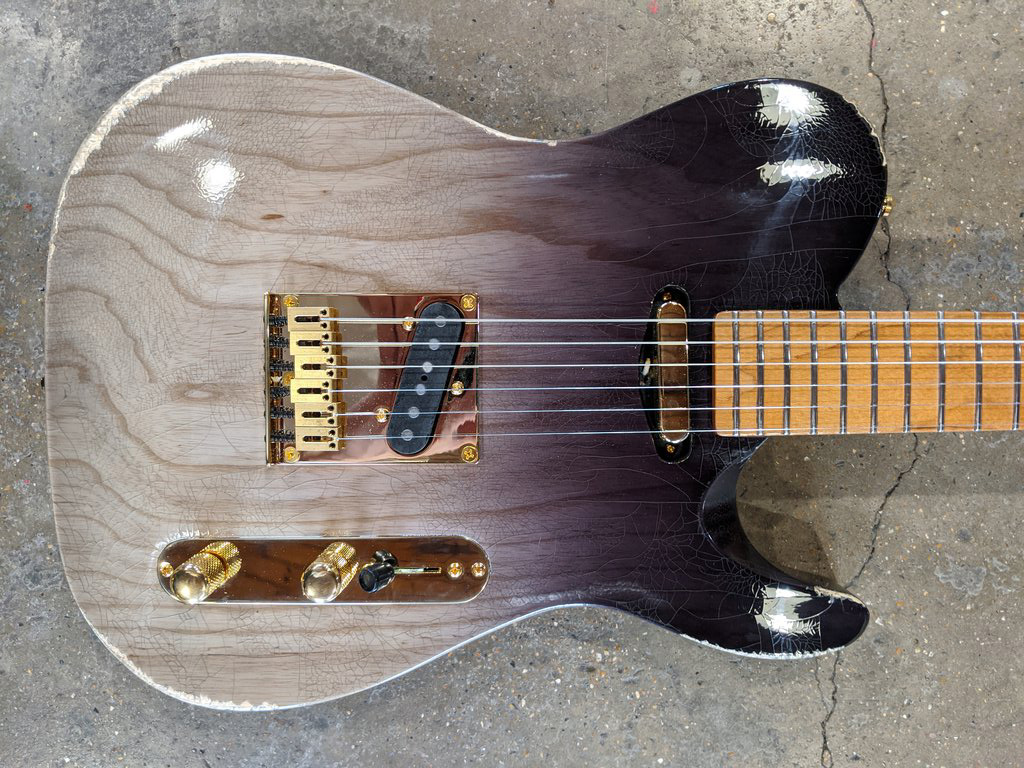
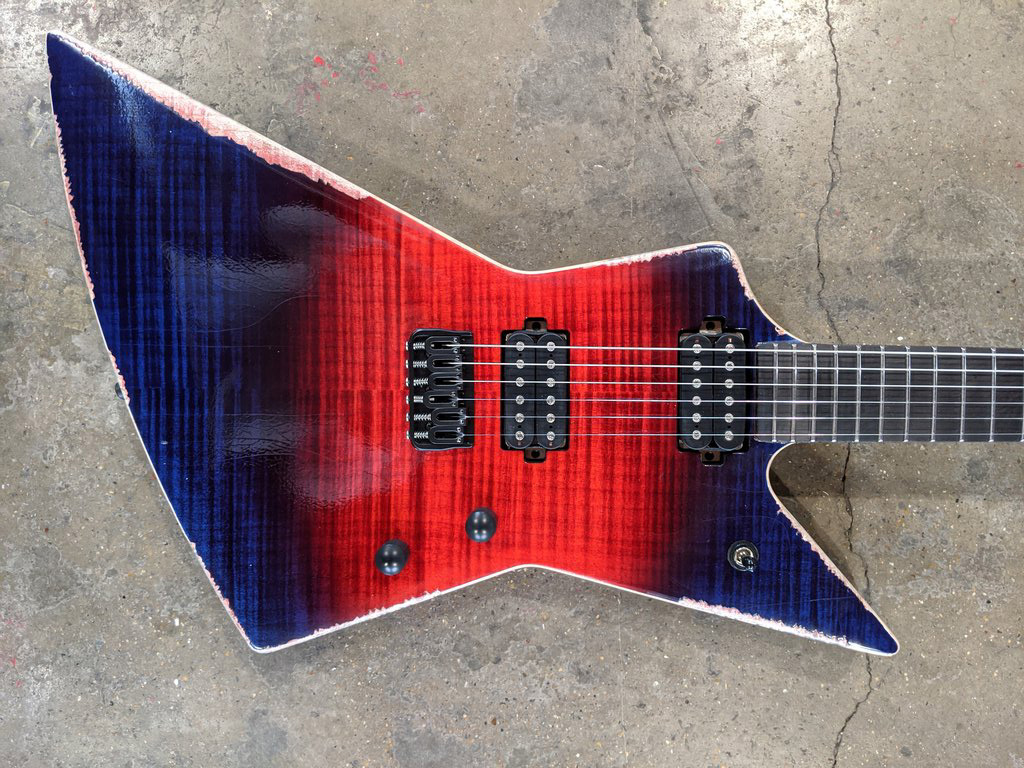
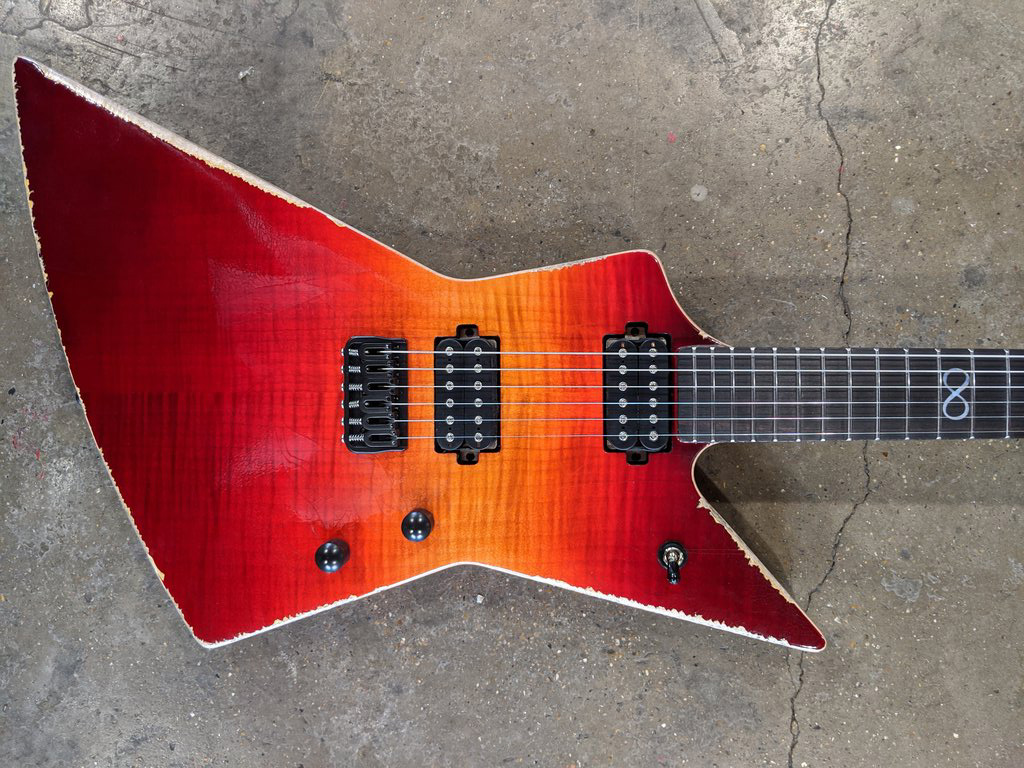
The ML1 is available in Triburst and Ocean Fade, the ML2 in Emerald Fade and Lazer Fade, the ML3 in Smoke and the GF in Fireburst and Lazer Fade.
The seven guitars are offered for £1,499 (approx. $1,968) each, with the ML3 for £1,299 (approx. $1,705).
For more information, head to Chapman Guitars.
All the latest guitar news, interviews, lessons, reviews, deals and more, direct to your inbox!
Rich is the co-author of the best-selling Nöthin' But a Good Time: The Uncensored History of the '80s Hard Rock Explosion. He is also a recording and performing musician, and a former editor of Guitar World magazine and executive editor of Guitar Aficionado magazine. He has authored several additional books, among them Kurt Cobain: Montage of Heck, the companion to the documentary of the same name.

